Toyota's Struggles with Digital Shift Delay Next-Gen EV Launch
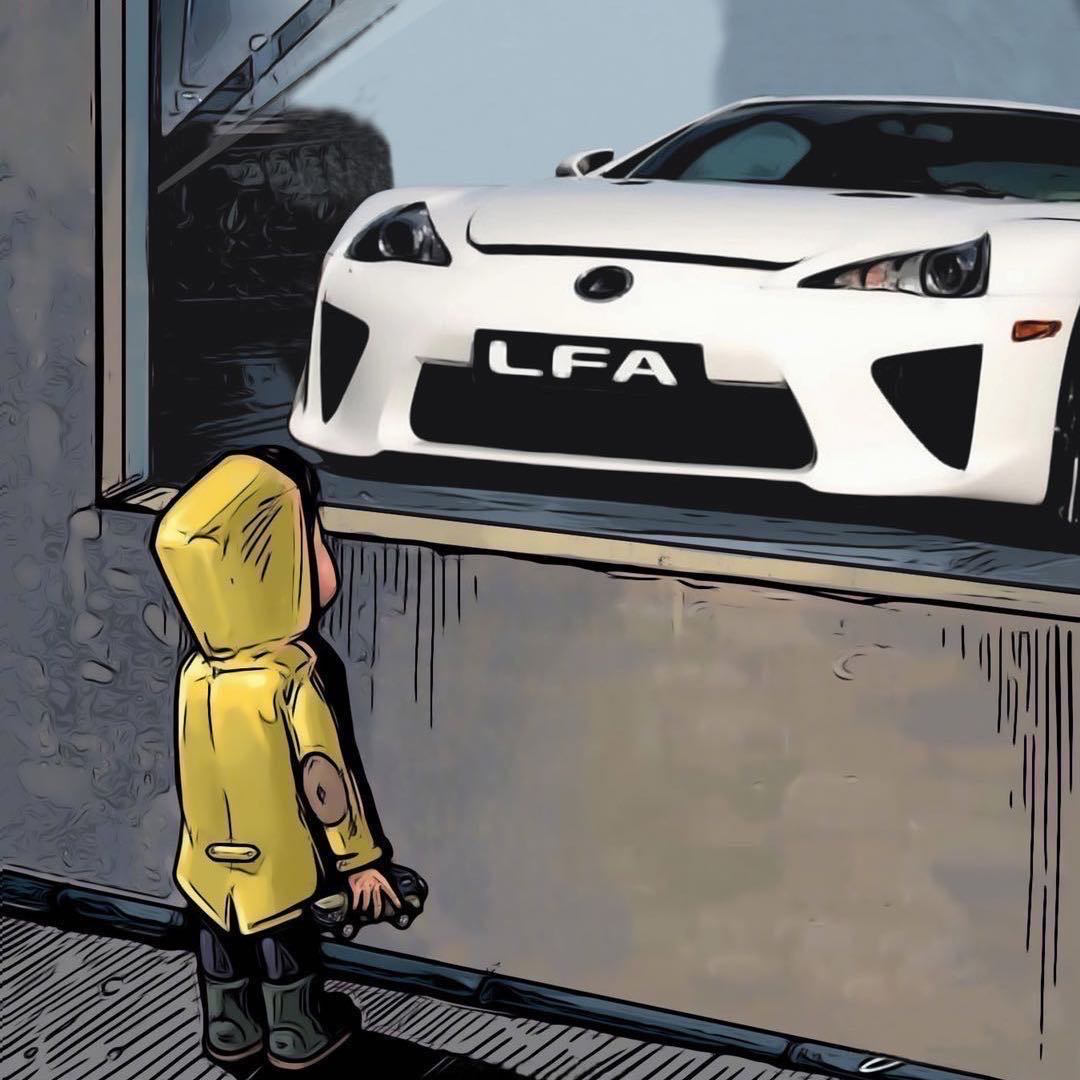 LienJul 29, 2025, 12:09 PM
LienJul 29, 2025, 12:09 PM
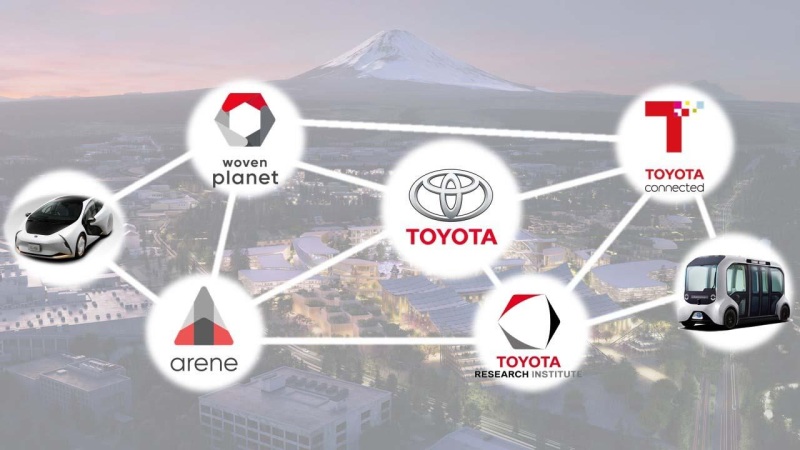
【PCauto】As the global auto industry moves faster toward electrification and smart technology, Toyota is finding itself under pressure.
By July 2025, the world’s largest carmaker has fallen noticeably behind in its digital transformation efforts. This setback is now pushing back the launch of its upgraded bZ4X, the brand’s next-generation EV.
Toyota Falls Behind on Development of In-House 'Arene' OS
As of now, only 30% of Toyota’s lineup supports full over-the-air (OTA) updates. In contrast, Hyundai Motor Group has rolled out OTA capability across its entire range, thanks to its in-house "ccOS" platform.
This lag in software infrastructure is one of the main reasons behind the delay of Toyota’s upcoming EVs. The growing tech gap is also hurting Toyota’s ability to stay competitive in the fast-evolving electric vehicle market.
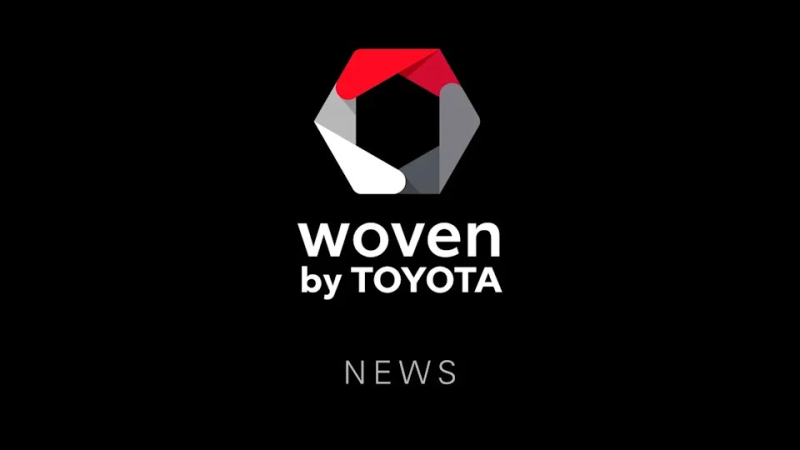
Toyota is also falling short when it comes to monetizing user data. The company earns just $23 per vehicle annually from user data, which is far below Tesla's $210.
Its “Toyota Connect” platform isn’t gaining much traction either, with only 38% of users staying active. That’s far behind the 60% average seen at top-performing brands.
Clearly, Toyota still has a long way to go in building a competitive digital ecosystem.
Toyota’s Supply Chain Is Showing Its Age in the Digital Shift
Compared to Tesla and BYD’s AI-powered real-time supply chain optimization, Toyota still relies mainly on traditional management methods. This lack of digitalization has become even more apparent during the shift to electric vehicles.
EVs require far more chips and electronic parts than traditional gas cars, and Toyota’s supply chain isn’t fully ready to handle this increased demand.
Insiders reveal that Toyota’s parts procurement still depends heavily on manual work and paper documents. This stands in sharp contrast to the highly automated systems used by its competitors.
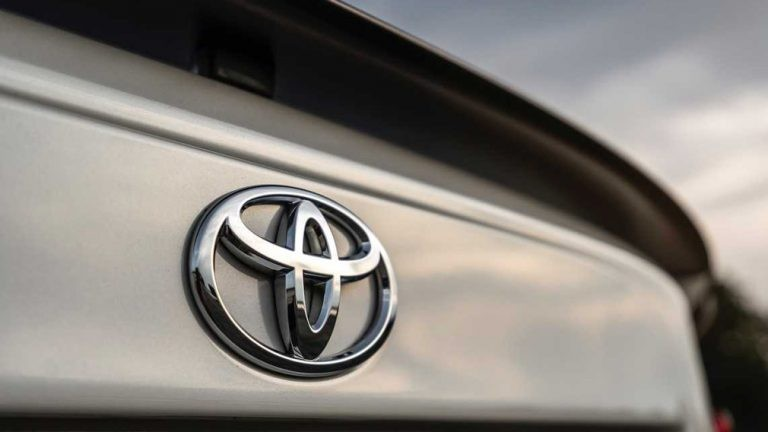
Toyota’s Weak Performance in China Sparks Urgent Transformation
In China, the world’s largest EV market, Toyota’s performance is raising red flags. In 2024, Toyota’s sales in China dropped 6.9%. Its pure electric bZ3 model sells just over 5,000 units per month, which is far behind the market’s 30% EV penetration rate.
Local players like BYD and NIO are quickly gaining ground. They leverage advanced connected features and fast software updates. These rivals typically roll out major OTA updates every quarter to bring fresh features and improvements to users. Toyota, however, updates its software much less frequently.
Toyota’s Deeper Challenge Lies in Its Organizational Culture
Toyota’s new “Digital Mobility Company,” launched in 2025 to lead digital transformation, faces major cultural hurdles. About 70% of its executives come from traditional automotive backgrounds, slowing change from within.
Toyota’s well-known “lean production” culture was a key strength in the manufacturing era. But in today’s fast-paced digital world, it has become a liability. The company’s focus on consensus decision-making and gradual improvements clashes with the software industry’s fast trial-and-error and agile development approach.
Several former Toyota software engineers told us that software development receives far less priority than hardware manufacturing inside the company. This gap has hurt team morale and stifled innovation.
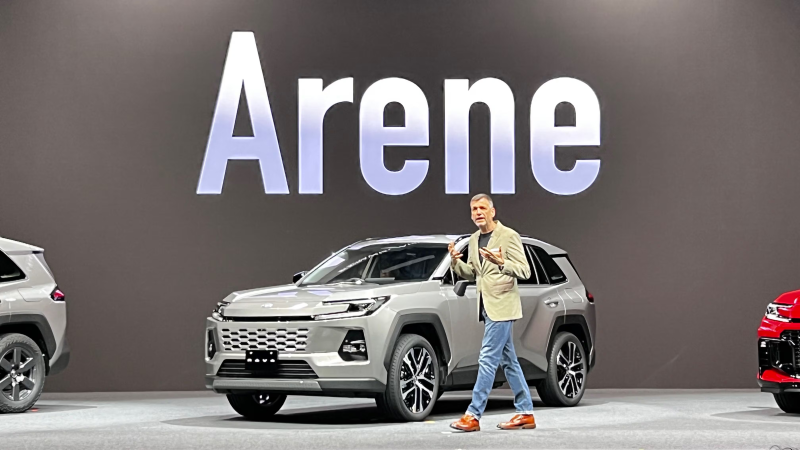
Toyota Takes Action to Address Challenges
On May 21, 2025, Toyota launched the next-generation RAV4, the first mass-produced model to feature the Arene software platform. This global best-seller SUV comes with a multimedia system, cockpit voice assistant, and central display powered by Arene.
This launch marks a key milestone as Toyota moves toward becoming a "software-defined" carmaker.
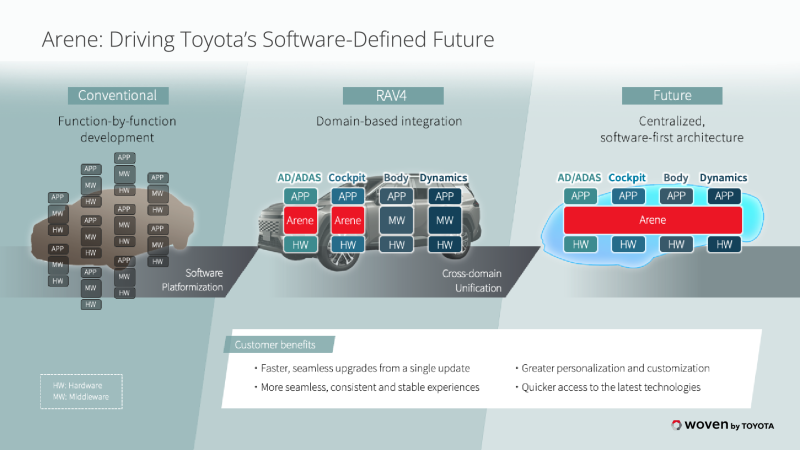
In June 2025, Toyota announced an expanded partnership with NVIDIA to use the DRIVE Thor chip in its 2027 models. The company is also stepping up investments and acquisitions, including buying Silicon Valley startup Edge Case AI in Q1 2025 to boost its autonomous driving testing capabilities.
Investors are watching key indicators closely: software-related R&D spend, currently at 8% compared to over 15% for industry leaders; progress on the GAIA AI project; and the rollout of its Microsoft Azure collaboration.
Credit rating agency Moody’s has warned that Toyota’s rating could be downgraded if it doesn’t improve its software edge by 2026.

Toyota’s Scale Still a Major Edge Despite Slow Digital Shift
In the long run, Toyota’s strong financial backing, powerful brand, and global reach remain major assets in its transformation. If it speeds up digitalization, it can still lead in the smart EV era. But the window is closing fast. Toyota must act decisively and quickly to meet this historic challenge.
If any infringement occurs, please contact us for deletion
Trending News

BYD Sealion 7 is not only cheaper than Tesla Model Y, what other differences do they have?
Is it better to buy the BYD Sealion 7 or the Tesla Model Y? This really makes one a bit hesitant, but before you make a decision, I recommend you take a good look at this article.

2026 Toyota Hilux Travo released, the brand-new exterior and interior are highly anticipated
If you're considering buying a Hilux, honestly, the comprehensive innovations in the ninth generation are worth waiting for. While the current model might still have some advantages in terms of reliability and price, the new model offers significant changes in terms of exterior and interior luxury, tech features, and powertrain options.

Toyota Land Cruiser FJ did not disappoint, the most anticipated civilian off-road vehicle is back.
Since its birth in 1951 under the name Toyota BJ, the Land Cruiser series has accumulated sales of approximately 12.15 million units in over 190 countries and regions worldwide, becoming a global off-road icon spanning more than 70 years.

In Malaysia, which sliding door MPVs are available?
The numerous advantages of sliding door MPVs make many people fond of this type of vehicle. However, MPVs are not a mainstream choice in the car market, so many people might not know which MPVs are available domestically.

Should I choose the top-tier Toyota Corolla Cross, or the entry-level Fortuner?
Should we spend more money on a compact SUV, or add a bit more to buy a larger SUV? Although for many families, the 20,000 MYR price difference is not a small amount, considering that the number of family members may increase in the future, choosing a more practical and spacious car can save the trouble and cost of replacing a vehicle later on.
Popular Cars
Model Year
Car Compare
Car Photo

